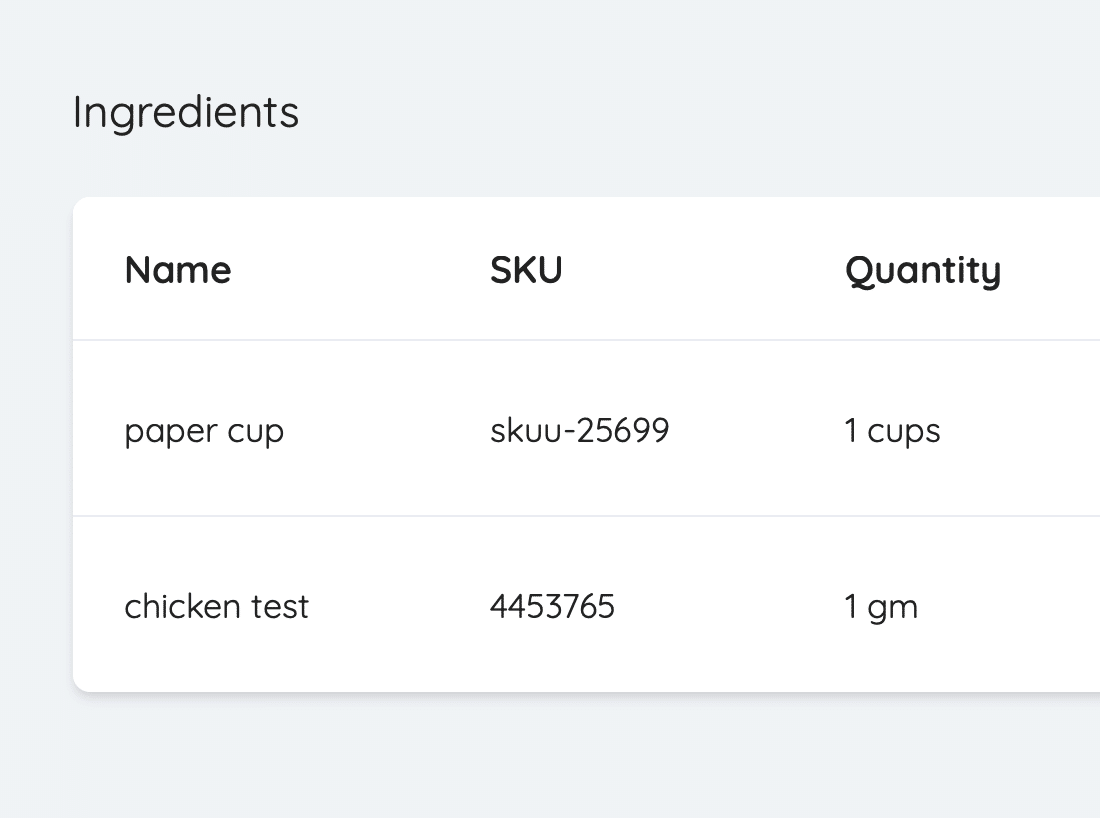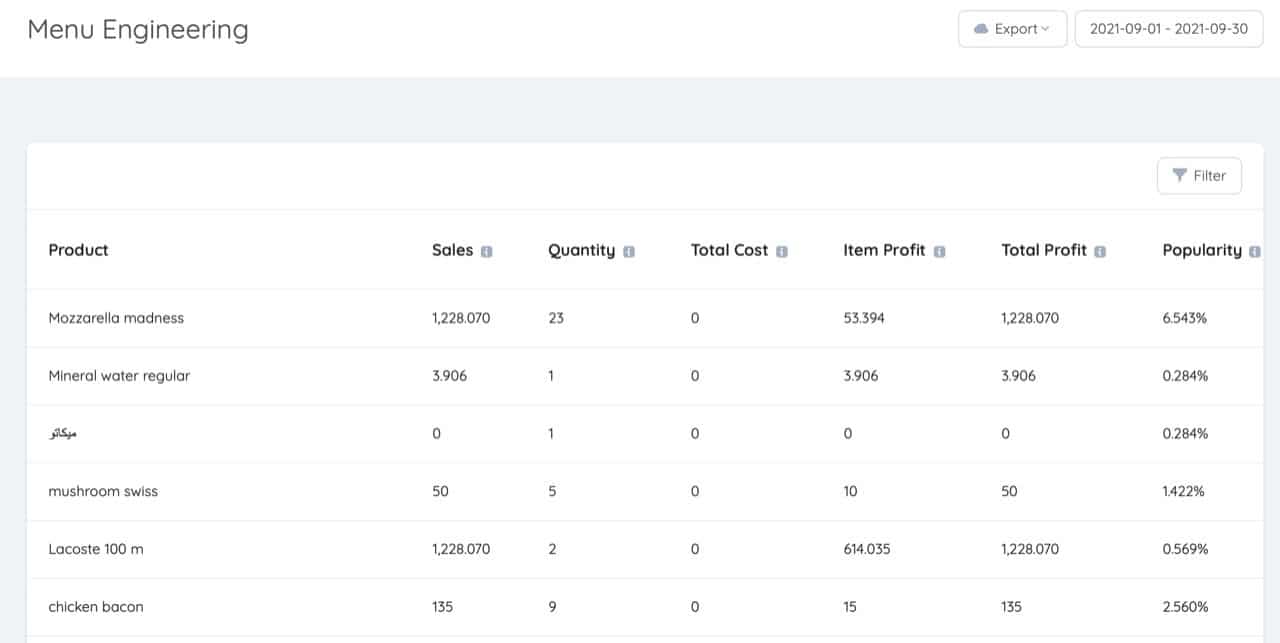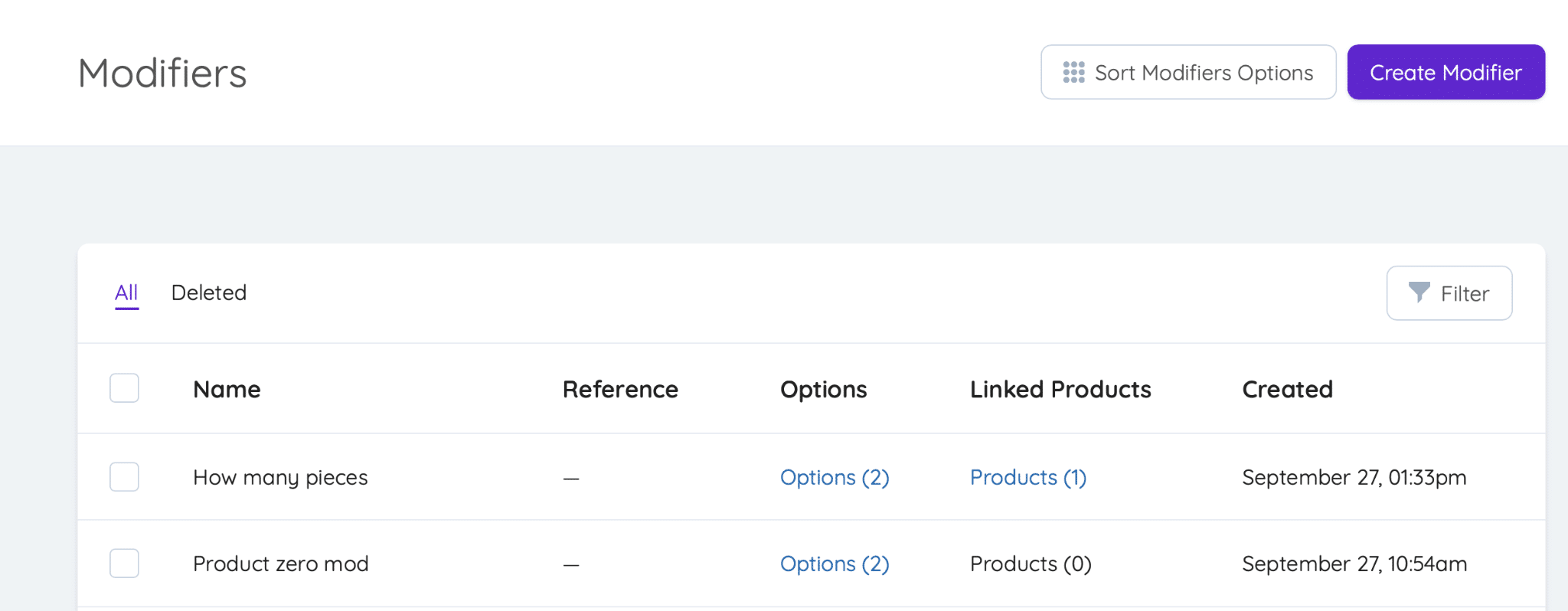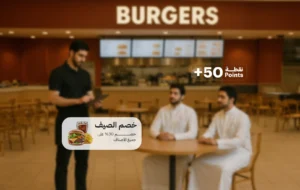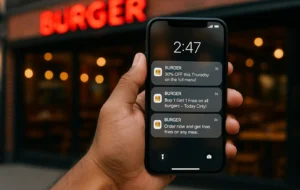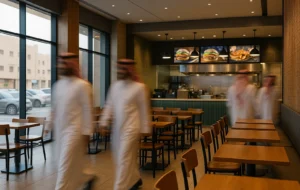Restaurants and cafes are among the most important projects that need study and planning to ensure their success and continuity. Although the most interesting part of creating your restaurant is designing its menu, pricing can also be one of the most difficult tasks due to the many ways and complexity of pricing meals in restaurants.
Since most restaurant owners overlook the statistics and analysis included in the pricing of each item in the restaurant’s menu, we will discuss in this article how to price the menu accurately and the factors that you should focus on in order to ensure increasing your profits.
First: Financial Factors
1- Food Cost Percentage
The ratio between the cost of raw materials used to make a particular dish and its revenue is what the food cost percentage is all about.
According to the pricing textbook, there is no ideal percentage; however, your restaurant should keep food cost percentages between 20% and 35%. This includes not only the ingredients used but also the restaurant overhead and operating expenses.
And whether you run a fast-food restaurant or fine dining one, you should not go lower or higher than this percentage to guarantee that each menu item contributes to your profit margin.
How to calculate the food cost percentage?
Food Cost Percentage = (Beginning Inventory + Purchases – Ending Inventory) ÷ Food Sales
2- Gross Profit Percentage
Gross profit percentage is how restaurateurs measure profitability as it shows you the percentage of revenue that exceeds the cost of goods sold.
How to calculate the gross profit margin ratio?
Gross Profit Margin = (Total Sales − Cost of Goods Sold (COGS)) / Total Sales
3- Net Profit
Net Profit is what remains for you after deducting all paid expenses and taxes.
How to calculate the net profit?
Net Profit = Total Sales − Cost of Goods Sold (COGS) – Total Fixed Expenses
4- Markup Percentage
Markup percentage refers to any increase that occurred on the original selling price, aka Markup sales. Usually, restaurant owners use it to make sure they reach the ideal selling price for their dishes.
How to calculate the markup percentage?
Markup Percentage = (Gross Profit/ Unit Cost) X 100
Second: Ingredient Portions in Each Meal
Consistency is the key to portion control. Every ingredient used to make a dish should be measured, even the shredded cheese. This ensures your dish has the same portion every time it is ordered, and it also saves your business from wasting ingredients and your final margin.
Foodics allows you to track and control your recipe ingredients perfectly. The flexibility and variety of all measuring units, offered by Foodics, will save you from wasting ingredients and protect your business from employee theft.
Third: Competition Pricing
Before setting a price for your dishes take a look at the prices of your competitors, because it is important to be very familiar with their prices. Do not set a price that is too low that causes you to lose or make people question the quality of your products, and do not make your prices too high than your competitors so that your customers will turn away from you.
However, it would be better not to base your entire pricing strategy on competitors, for they might be pricing too low for their fare.
Fourth: Keeping a Balance of Traditionally Low-Cost Foods
As a restaurant owner, you won’t be able to control the fluctuations of prices of some ingredients, which will force you to change your pricing now and then.
That is why the survival of your business must maintain a balance of traditionally low-cost foods such as pizza or pasta dishes to keep your menu profitable.
To reduce waste, you can also make optimal use of the ingredients by including several dishes based on the same raw materials in your menu.
Fifth: Add Menu Modifiers for Upselling
You need to add menu modifiers to upsell and drive sales, for example, offering an extra side to the main course or an additional topping to a pizza. Those items in your restaurant menu, usually require a short preparation time, few ingredients and have a high profit margin, so it is recommended to find many options from these additions so that your customers can choose among them, which will return you a high profit margin.
Have you imagined how modifiers can increase your profitability! That’s why Foodics made it easy to include product modifiers. For instance, a plain Caesar salad comprised of lettuce, shredded cheese, and bread is for 35.95 EGP; however, adding extra items will make the dish pricier such as Chicken (14.75 EGP) or Shrimps (19.95 EGP).
Making a perfect and profitable menu is an ongoing process of planning, reviewing, and optimizing your overall business performance; that’s why Foodics offers you a wide range of Sales, Inventory, Business, and Analysis Reports to help you stay ahead of the game.


